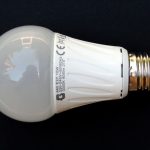Discovering the Science: How LED Light Bulbs Work and Revolutionize Energy Efficiency
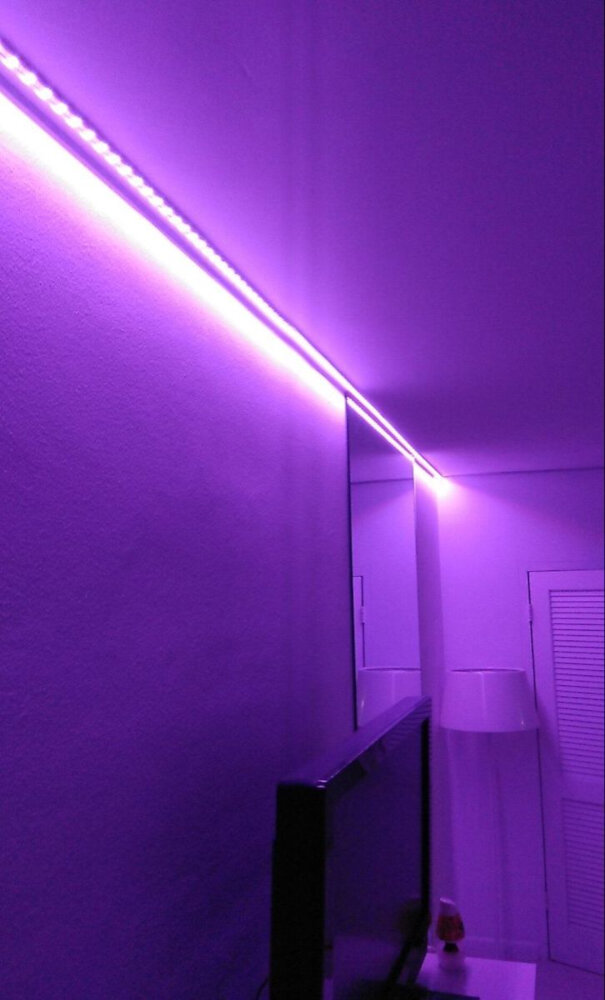
LED light bulbs are a modern marvel of technology that has revolutionized the way people light up their homes and workplaces. They are more efficient, longer-lasting, and environmentally friendly than traditional incandescent bulbs. With the increasing demand for energy-efficient lighting solutions, LED bulbs have quickly gained popularity in recent years. But what exactly makes these bulbs so special? How do they work, and what makes them so efficient? In this article, we will delve into the science behind LED light bulbs and explore how they have changed the game of energy efficiency. LED stands for \Light Emitting Diode,\ a type of semiconductor that produces light when an electric current is passed through it. LED bulbs work by running an electric current through a semiconductor material, which causes electrons to release energy in the form of light. Unlike incandescent bulbs, which produce light by heating a filament until it glows, LED bulbs do not produce heat, making them much more efficient. LED bulbs also last significantly longer than traditional bulbs, with an average lifespan of 50,000 hours compared to 1,000 hours for incandescent bulbs. With these benefits, it’s no wonder that LED bulbs have become the preferred lighting solution for many homeowners and businesses looking to save money and reduce their carbon footprint.
LED (Light Emitting Diode) light bulbs are a type of lighting technology that has been revolutionizing the industry in recent years. Unlike traditional incandescent bulbs, they do not use a filament to create light, but rather a semiconductor that emits light when an electric current is passed through it. This makes them incredibly energy efficient, as they require far less energy to produce the same amount of light as an incandescent bulb. LED bulbs also have a much longer lifespan, often lasting up to 25 times longer than traditional bulbs, which means they require less frequent replacement and are therefore more cost-effective in the long run. Additionally, LED bulbs do not emit heat in the same way as incandescent bulbs, which means they are safer to use and can be placed in a wider variety of locations. Overall, the benefits of LED bulbs in terms of energy efficiency, cost-effectiveness, and safety make them a highly attractive option for anyone looking to upgrade their lighting technology.
How LED light bulbs work
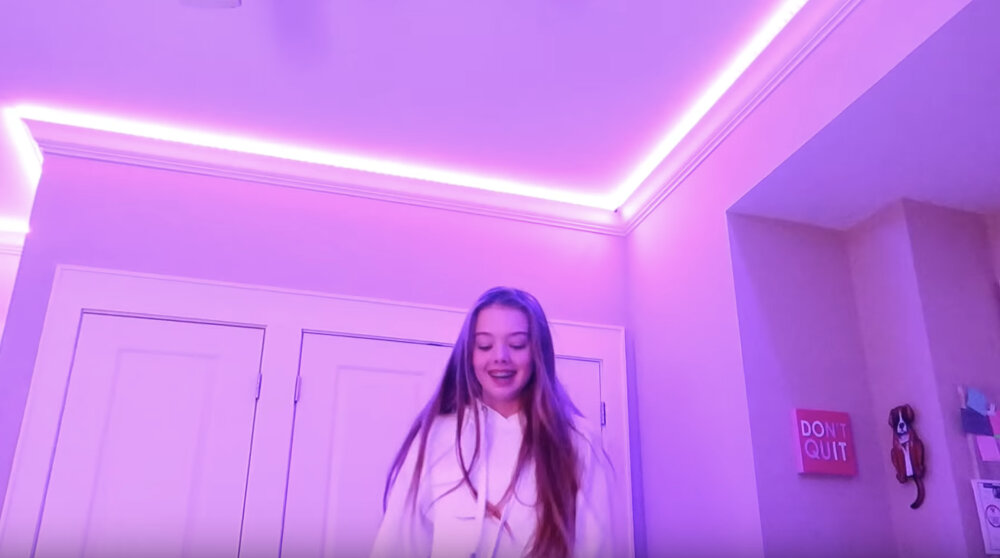
LED (Light Emitting Diode) light bulbs are a type of lighting technology that is becoming increasingly popular due to their energy efficiency and longevity. Unlike traditional incandescent bulbs, LED bulbs produce light through a process called electroluminescence. This means that when an electrical current is passed through a semiconductor material, it emits light. The color of the light produced depends on the type of semiconductor material used. LED bulbs use significantly less energy than incandescent bulbs, making them a more environmentally friendly option. They also last much longer, with an average lifespan of around 25,000 hours compared to just 1,000 hours for an incandescent bulb. This means that not only do LED bulbs use less energy, but they also need to be replaced less frequently, reducing waste and saving money in the long term. Additionally, LED bulbs do not contain any hazardous materials, making them easier to dispose of and less harmful to the environment. Overall, the technology behind LED light bulbs is revolutionizing energy efficiency in the lighting industry, providing a more sustainable and cost-effective option for consumers.
LED light bulbs are considered an energy-efficient alternative to traditional incandescent bulbs. This is because they use less energy and have a longer lifespan. The science behind LED light bulbs lies in the use of semiconductors and diodes. Semiconductors, such as silicon, are materials that can conduct electricity under certain conditions. When a current flows through a semiconductor, it can emit light. Diodes, on the other hand, are devices that allow current to flow in one direction only. When a current flows through a diode, it can emit light as well. LED bulbs use semiconductors and diodes to produce light. When an electrical current is applied, it excites electrons within the semiconductor material, causing them to emit photons of light. This process is known as electroluminescence and is what makes LED bulbs so energy-efficient.
When compared to traditional incandescent light bulbs, it becomes clear that they are incredibly inefficient. Incandescent bulbs use a significant amount of energy to produce light, as much as 90% of the energy they consume is wasted as heat. Furthermore, they have a shorter lifespan, typically lasting only a few thousand hours, and they are fragile and prone to breaking. In contrast, LED light bulbs are incredibly energy-efficient, using only a fraction of the energy that incandescent bulbs require. They also last significantly longer, with an average lifespan of around 25,000 hours. Overall, the benefits of LED light bulbs over traditional incandescent bulbs are numerous, and they represent an essential step forward in energy efficiency and sustainability.
Benefits of LED light bulbs
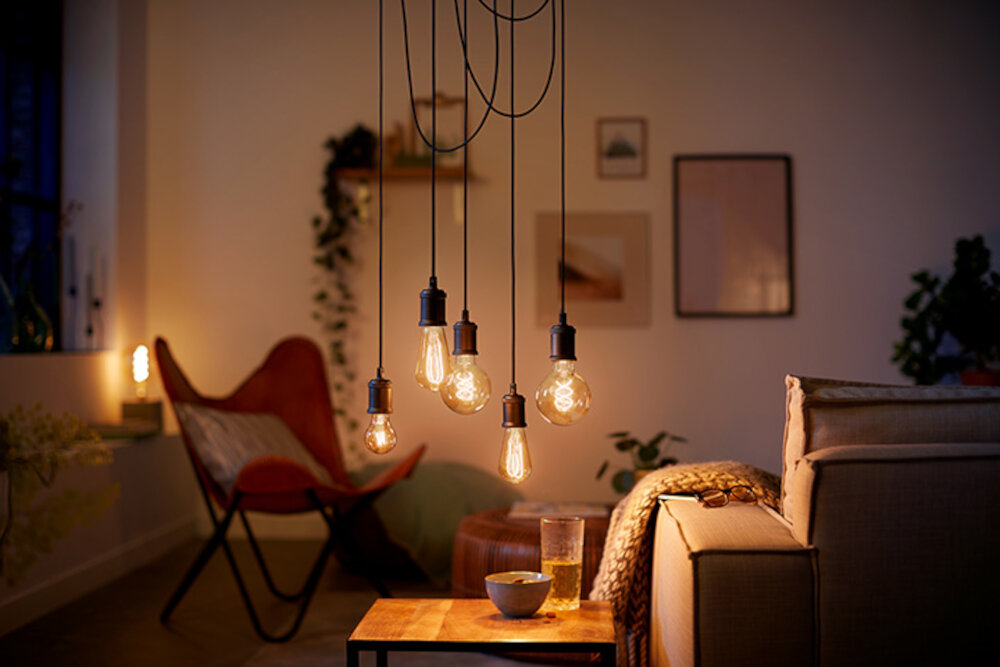
LED light bulbs are a game-changer when it comes to energy efficiency. They are highly efficient and consume less energy compared to traditional incandescent light bulbs. This is because LED bulbs use a semiconductor material to convert electricity into light, while incandescent bulbs use a filament that produces heat and light. As a result, LED bulbs produce more light per watt of energy consumed, making them highly efficient and cost-effective. Additionally, LED bulbs have a longer lifespan, lasting up to 25 times longer than incandescent bulbs. This means that you can save on replacement costs and reduce your carbon footprint since you’ll be using fewer bulbs over time. Another benefit of LED light bulbs is that they emit less heat than traditional bulbs. This means that they are safer to use and can help reduce cooling costs during the summer. LED bulbs also come in a variety of colors and can be dimmed, giving you more control over the lighting in your home or workspace. Additionally, LED bulbs are highly durable and resistant to shocks, making them ideal for use in outdoor lighting fixtures, which are exposed to harsh weather conditions. Overall, LED bulbs are a highly efficient and cost-effective lighting solution that can help you save money on your energy bills while reducing your carbon footprint.
LED light bulbs have revolutionized the lighting industry by providing a more energy-efficient, cost-effective, and environmentally friendly alternative to traditional lighting. One of the most significant benefits of LED bulbs is their energy efficiency, which can reduce energy consumption by up to 80%. Additionally, they have a longer lifespan compared to incandescent and fluorescent bulbs, which translates to lower maintenance costs and fewer replacements. LED bulbs also emit less heat, making them safer to handle and reducing the need for cooling systems. With these benefits, LED bulbs have become the preferred lighting option for individuals and businesses alike, contributing to a greener and more sustainable future.
While compact fluorescent bulbs have been a popular choice for energy-efficient lighting, LED light bulbs have proven to be a more advanced and versatile option. LED bulbs are capable of producing the same amount of light as compact fluorescent bulbs while consuming less energy and having a longer lifespan. Additionally, LED bulbs do not contain hazardous materials, such as mercury, that are often present in compact fluorescents. LED bulbs are also more durable and resistant to breakage, making them a safer choice for both consumers and the environment. So, it is clear that LED light bulbs have revolutionized energy efficiency and offer a more reliable and sustainable solution to traditional lighting options.
Revolutionizing energy efficiency

In the modern era, energy efficiency has become a pressing need for mankind. The rise in population and increasing demand for energy has led to the depletion of non-renewable resources. This has resulted in a need to find alternative ways to generate energy while maintaining a sustainable environment. The discovery of LED light bulbs has revolutionized energy efficiency by reducing energy consumption by up to 80%. This breakthrough has not only contributed to the conservation of non-renewable resources but has also led to a significant reduction in energy costs. LED light bulbs are designed to convert electrical energy into light energy. Unlike traditional incandescent bulbs, they do not produce heat, which means they use less energy to produce the same amount of light. This technology has led to the development of energy-efficient lighting solutions, which have been adopted in households, commercial buildings, and industries worldwide. The use of LED light bulbs has not only benefited the environment but has also led to the creation of a new industry, providing job opportunities for many people. Overall, the discovery of LED light bulbs has led to a significant reduction in energy consumption, which is essential for a sustainable future.
LED light bulbs have been a game changer in terms of energy efficiency and environmental impact. With an average lifespan of 25,000 hours, they require less frequent replacement than traditional incandescent light bulbs, reducing the amount of waste generated. Additionally, LEDs consume significantly less energy, reducing carbon emissions and aiding in the global push towards energy efficiency. Furthermore, the use of LED lighting has the potential to reduce the strain on natural resources, as less energy is required to produce and transport the bulbs. Overall, the adoption of LED lighting has had a positive impact on the environment, reducing waste and helping to combat climate change.
LED light bulbs have become the go-to for lighting solutions in various industries, including homes, businesses, and streetlights. In homes, LED bulbs are used for their energy efficiency and long lifespan, replacing traditional incandescent bulbs. In businesses, LED lighting is used for task lighting, accent lighting, and to create a more inviting ambiance. LED streetlights have also become increasingly popular due to their longer lifespan, lower maintenance costs, and energy efficiency. Additionally, LED bulbs are utilized in the automotive industry for headlights and taillights, as well as in the medical industry for surgical lighting. With their versatility and energy-saving benefits, LED light bulbs are shaping the future of lighting solutions across multiple industries.
Future of LED lighting
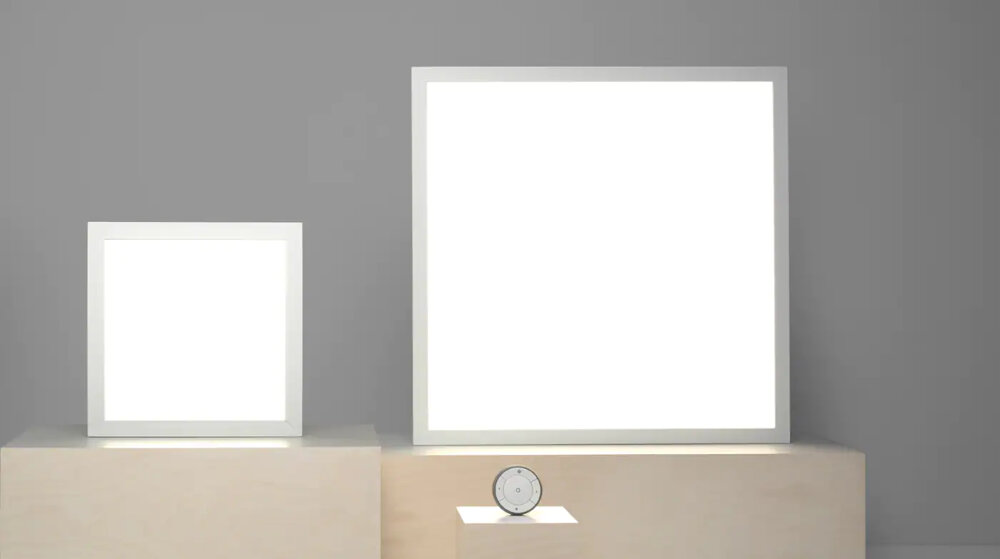
The future of LED lighting is bright, quite literally. LED bulbs have already revolutionized energy efficiency, and their impact is only going to grow in the coming years. One of the key advantages of LED lighting is their durability and longevity. A single LED bulb can last for up to 25 years, which means that consumers will have to replace their bulbs far less frequently. This not only saves money but also reduces the amount of waste produced by discarded bulbs. Another exciting development in the future of LED lighting is the increasing sophistication of smart lighting systems. These systems can be controlled via a smartphone app, allowing users to adjust the brightness and color of their lights with ease. This level of customization is not only convenient but can also contribute to energy savings. For example, users can program their lights to turn off automatically when they leave the room, reducing energy waste. As more people adopt smart lighting systems, the potential for energy savings and reduced environmental impact will only continue to grow.
LED lighting has been rapidly advancing, with emerging technologies such as OLEDs and quantum dots revolutionizing the industry. Organic light-emitting diodes (OLEDs) are thin, flexible, and lightweight, making them ideal for use in various applications, including mobile phones and televisions. These advanced lighting solutions allow for more efficient electricity utilization and flexibility in lighting design. On the other hand, quantum dots are nanocrystals that emit light when excited by a current, producing a wider color gamut and better color accuracy than other types of lighting. The advancements in these technologies have led to more sustainable lighting systems, with increased energy efficiency and reduced environmental impact.
The potential for LED lighting to revolutionize energy efficiency in the future is immense. As LED technology continues to advance, it is becoming increasingly efficient, cost-effective, and versatile. Compared to traditional incandescent bulbs, LED bulbs use significantly less energy, emit less heat, and have a longer lifespan. This not only reduces energy consumption and costs but also helps to reduce greenhouse gas emissions, making it a more environmentally sustainable option. With the continued development of LED technology, its application in various industries is expanding, from residential and commercial lighting to automotive and medical devices. As LED lighting becomes more widespread and affordable, it has the potential to significantly contribute to the reduction of energy consumption and promote a cleaner future.
LED light bulbs have revolutionized the energy industry and have a significant impact on energy efficiency and the environment. LED bulbs are up to 80% more efficient than traditional incandescent bulbs, which means they require less energy to produce the same amount of light. This energy efficiency results in lower energy bills and reduces greenhouse gas emissions, as less energy is required to produce the same amount of light. Additionally, LED bulbs last significantly longer than traditional bulbs, reducing the amount of waste generated by discarded light bulbs. Overall, the widespread adoption of LED technology has the potential to significantly reduce energy consumption and its negative impact on the environment.
It’s time for individuals and businesses alike to make the switch to LED lighting and start reaping the benefits of this energy-efficient technology. Not only does LED lighting significantly reduce our carbon footprint, but it also saves us money on energy costs in the long run. With LED bulbs lasting up to 25 times longer than traditional incandescent bulbs, the initial investment pays off quickly. LED lighting also emits less heat, making it safer and more comfortable to use. So let’s take action and make the switch to LED lighting, contributing to a greener future while enjoying the economic benefits.
Conclusion
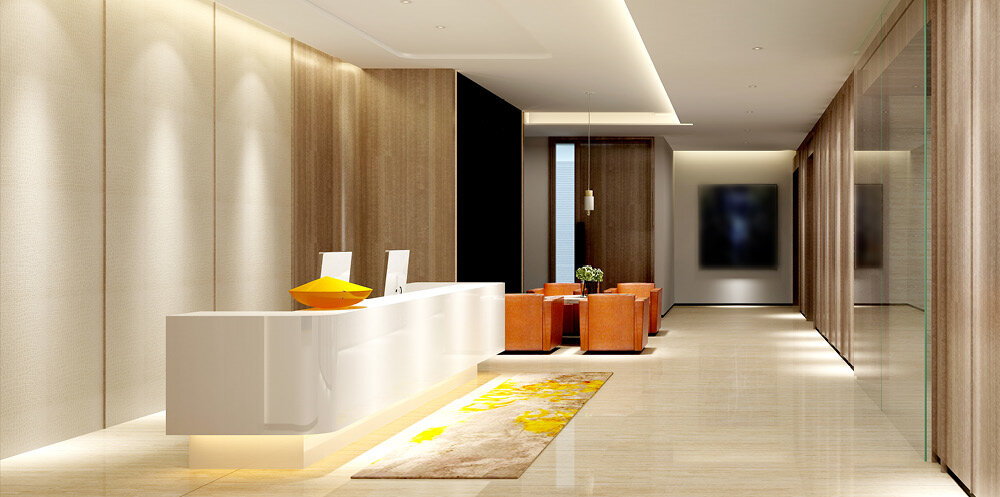
In conclusion, LED light bulbs have revolutionized energy efficiency by providing a highly efficient lighting solution that is both eco-friendly and cost-effective. The science behind these bulbs is fascinating, as they use semiconductor materials and advanced technology to produce light without generating excessive heat. As a result, LED bulbs have become the go-to choice for homeowners and businesses alike, helping to reduce energy consumption and save money on utility bills. With their long lifespan and low maintenance requirements, LED lights are a smart investment that will continue to benefit our environment and our wallets for years to come.



